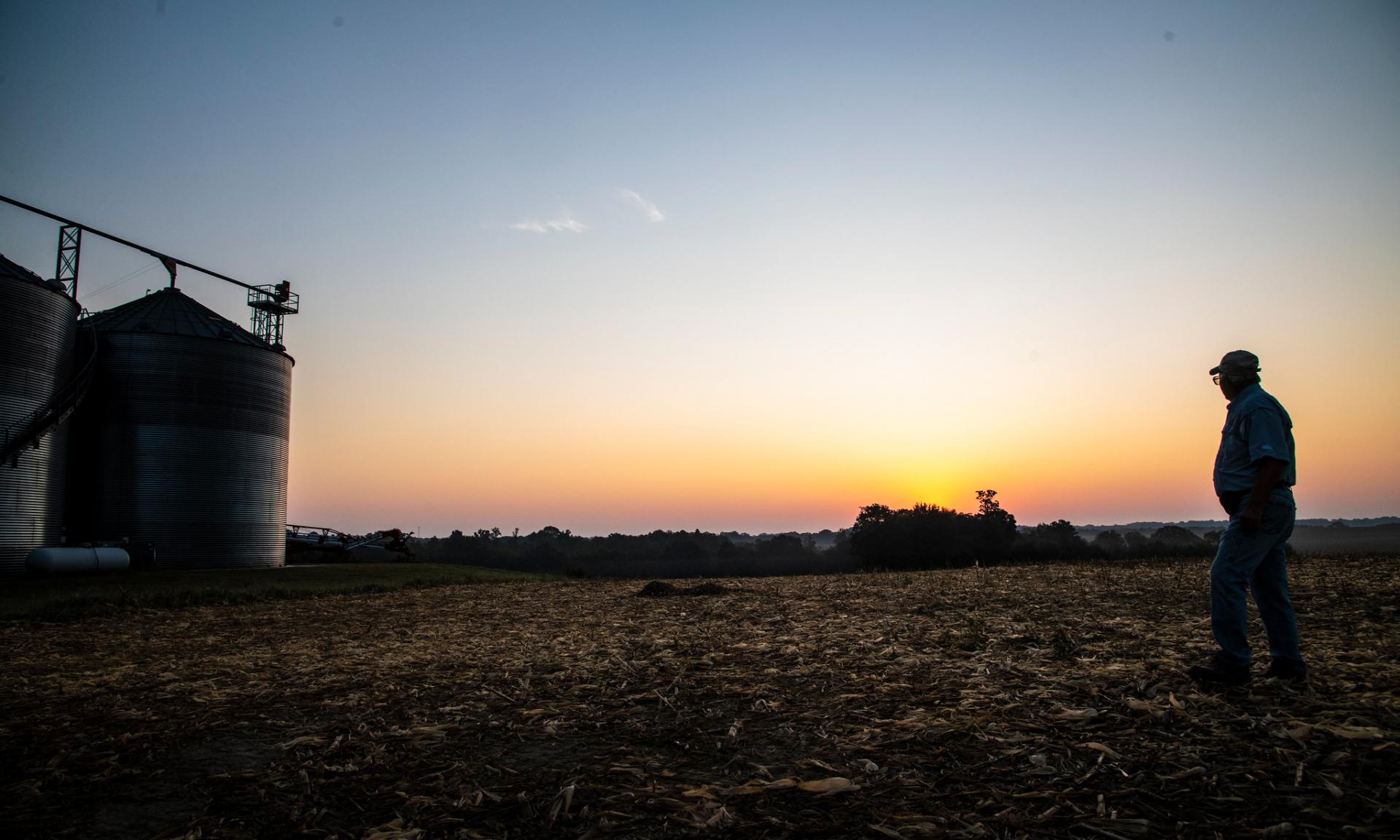
April 23, 2020
Crop share leases are one of the most equitable ways to lease farmland and remain popular, especially in southwest and panhandle of Nebraska. A crop share lease is an agreement where the landowner and tenant split the expenses of farming as well as the production. Because of this, both parties to experience the risk associated with high and lows of price and production.
What are common share arrangements?
The traditional share arrangement for a grain crop like corn or wheat is one-third to the landowner and two-thirds to the tenant. Usually, the expenses paid, and crop received, are equal to the share — i.e. the landowner would pay one-third of the expenses and receive one-third of the crop. For hay crops, the share is typically split 50/50.
In eastern Nebraska, the most common share agreement for irrigated land is 50/50. In southeast and south-central Nebraska, 40/60 arrangements are popular, with the smaller percentage going to the landowner.
It should be noted that each farming “neighborhood” has a customary share arrangement. Even in the same county, arrangements can have different splits and pay different expenses. Different share arrangements should be negotiated depending on the farm location, crop produced and expenses paid by each party.n
What expenses are split?
In a crop share agreement, landowners typically pay all of the land taxes and irrigation equipment ownership expenses[1]. They also pay the agreed-upon share of the crop insurance, and “yield increasing inputs” like fertilizer, insecticide, fungicide and herbicide.
Likewise, the farmer pays for their share of the crop insurance and yield increasing inputs. Furthermore, tenants pay for all of the irrigation equipment maintenance, labor, field operations, harvesting and transportation of the crop to a specified location (bin, elevator or sale barn).
In Nebraska, it is often debated who should pay for seed and energy for irrigation. Some landlords and tenants, especially in eastern Nebraska, split this expense. In Western Nebraska, it is more common for the seed and energy for irrigation are borne solely by the tenant.
What income is split?
Usually, the expenses paid and crop received are equal to the share. i.e. the landowner would pay one-third of the expenses and receive one-third of the crop. In addition to receiving the crop, a crop share landlord is eligible for government payments, and crop insurance.
If additional income is derived beyond the crop, it should also be split according to the share. For example, if the crop residue is balled off and sold, both the landlord and tenant should receive their share of the revenue.
Why a crop share?
Crop leases tend to result in shared management decisions between tenants and landowners. It can be a way for landowner to have more control in the farming practices taking place on their land. It can also provide a tenant with mentorship.
Landowners and tenants also have the ability to reduce operating expense for each party. It may also allow both parties to control the timing of input expenses and grain sales for tax management purposes.
Crop share considerations
Crop share arrangements require a clear line of communication between the landlord and tenant. There needs to be an established process for making production decisions, managing shared expenses and relaying important information such as production issues.
One of the challenges inexperienced landowners may have with a crop share arrangement is marketing their share of the product once it is delivered. In order to pay for production expenses, landlords need to be comfortable marketing commodities.
Crop share arrangements can be an equitable way to lease farmland. It is recommended that lease agreements be written. To learn more about setting an equitable share arrangement, and to view an example written crop-share farm lease agreement visit aglease101.org.
[1] Depreciation, interest, taxes, repairs and insurance.
By Jessica Groskopf
Associate Extension Educator